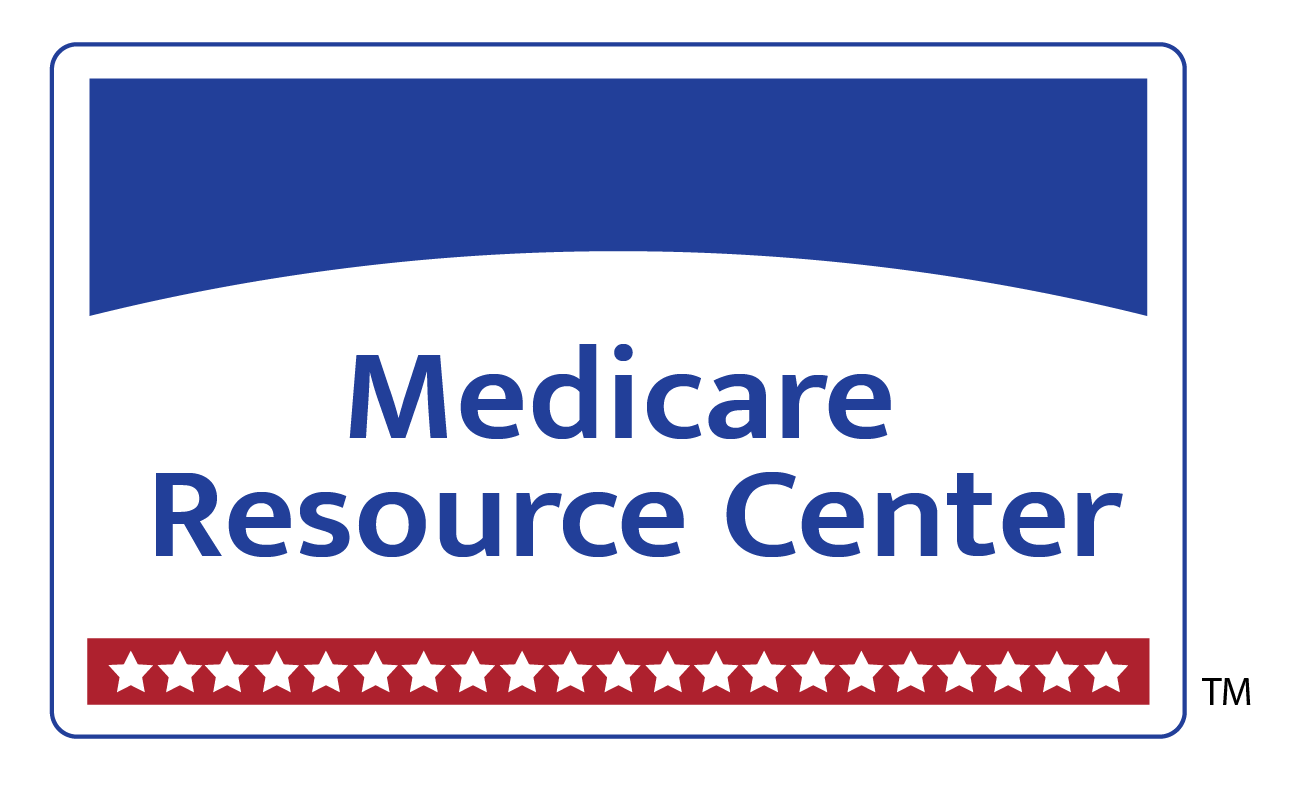Does Medicare Cover Stair Lifts?
When purchasing a home, many young buyers don’t consider future mobility challenges. As people age, navigating stairs can become difficult, leaving some to wish they had chosen a single-story home. However, financial limitations or emotional ties to a home often make moving impractical.
Stair lifts provide a practical solution for individuals with mobility issues, allowing them to access upper floors safely.

Key Takeaways:
Stair lifts are devices designed to assist individuals with mobility challenges in reaching higher levels of their home.
Costs vary widely, ranging from $2,000 to over $30,000, depending on the staircase layout and features of the stair lift.
Traditional Medicare does not cover stair lifts, though some Medicare Advantage plans may provide coverage. Always check with your plan before committing to a purchase or rental agreement.
If insurance does not cover a stair lift, cost-saving options include purchasing a pre-owned unit, seeking assistance from nonprofit organizations, or exploring alternative mobility solutions like wheelchair ramps or vertical platform lifts.
What Is a Stair Lift?
A stair lift is a mechanical device that helps individuals move between floors by transporting them along a stair-mounted rail in a seated or standing position. These lifts are professionally installed and typically include safety features like seat belts or safety bars.
Stair lifts should not be confused with lift chairs, which are reclining chairs equipped with a lifting mechanism to assist users in standing up.
They are particularly beneficial for individuals with conditions that affect mobility, such as:
Arthritis
Multiple sclerosis
Muscular dystrophy
Paralysis
Parkinson’s disease
Spinal cord injuries
How Much Do Stair Lifts Cost?
The price of a stair lift depends on the complexity of the staircase and the lift’s features. A basic installation on a straight staircase typically costs between $2,000 and $6,000. However, for curved or custom staircases, costs can exceed $30,000.
Several factors influence pricing, including:
Additional Features: More advanced models may include footrests, remote controls, enhanced safety sensors, and key locks.
Operating Costs: Modern stair lifts use a similar amount of electricity as small household appliances. Some models include battery backups in case of power outages.
Seat Design: Options include collapsible seats, angled reclining seats, and swivel seats for easier transfers.
Weight Capacity: Some stair lifts are designed for heavier users and may require sturdier models.
Does Medicare Cover Stair Lifts?
Medicare Part B does not cover stair lifts because they are classified as home modifications rather than durable medical equipment (DME). However, certain Medicare Advantage plans may offer partial coverage if a stair lift is deemed medically necessary. Coverage varies by provider, so it’s essential to verify details with your plan.
For those seeking financial assistance, the following organizations may offer help:
Veterans Affairs (VA): Veterans may qualify for grants through the VA to cover stair lift expenses.
Area Agencies on Aging: These organizations connect seniors with resources to help them remain independent at home, including potential financial aid for stair lifts.
What Mobility Equipment Does Medicare Cover?
While Medicare does not cover stair lifts, it does provide coverage for some mobility devices under Part B. These include:
Canes and crutches
Hospital beds
Oxygen equipment and accessories
To qualify, a doctor must prescribe the equipment, confirming that it is medically necessary. Additionally, the equipment must be obtained from a Medicare-approved supplier. Some devices, such as power wheelchairs and scooters, require further approval, including:
A face-to-face medical evaluation
A written prescription from a healthcare provider
Verification that the device is necessary for daily mobility
Once the deductible for Medicare Part B is met, Medicare covers 80% of the cost, leaving the beneficiary responsible for the remaining 20%. Medicare Advantage plans may offer different coverage terms, so it’s essential to check with your provider.
Do Any Insurance Plans Cover Stair Lifts?
Although Medicare typically does not cover stair lifts, some Medicare Advantage plans may include them as a supplemental benefit.
Since 2019, federal regulations have allowed Medicare Advantage plans to expand coverage to include certain home modifications. However, these benefits are often limited. If you have a Medicare Advantage plan, contact your insurer to see if stair lifts are covered under your policy.
Ways to Save on Stair Lift Costs
Because most Medicare plans do not cover stair lifts, consider these cost-saving strategies:
Renting: If a stair lift is only needed temporarily, renting may be a more affordable option.
Rent-to-Own: Some companies allow rental payments to be applied toward purchasing the lift later.
Buying Pre-Owned: Refurbished stair lifts can be significantly cheaper than new models. Ensure the lift has been inspected for safety before purchasing.
Nonprofit Assistance: Certain organizations, such as StairLifts for Vets, provide financial assistance to veterans in need of mobility solutions.
Alternatives to Stair Lifts
If a stair lift is not a viable option, consider these alternatives:
Wheelchair Ramps: For shorter staircases, ramps may provide an affordable solution.
Vertical Platform Lifts: These devices function like small elevators and are useful for accessing porches or decks.
Final Thoughts
Medicare and most insurance providers do not cover stair lifts, making the cost a significant consideration. However, installing a stair lift can be a more economical option compared to moving into an assisted living facility or installing a home elevator.
If a stair lift is financially out of reach, consider alternative solutions or explore financial assistance options to help offset the cost.
